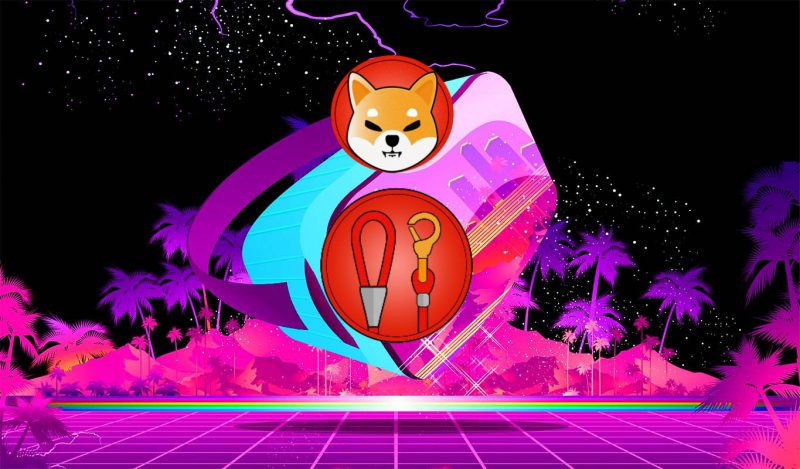The Shiba Inu metaverse is ready to roll. The initiative has been long-awaited by the SHIB Army, one of the most loyal and supportive fan bases in crypto right now.
As per the Shiba Inu team, the virtual environment for the project will have 100,000 land plots. In the “introductory phase” of SHIB: The Metaverse, a total of 36,431 plots will be available for purchase across four districts.
Plots are divided into four grades, with the cheapest, Silver Fur, costing 0.2 ETH, and the most expensive, Diamond Teeth, costing 1 ETH.
Many have raised a concern as to why Shiba Inu is using Ethereum (ETH) and not SHIB for the purchasing of lands. To this, the team has clarified by saying,
“As we will use the collected funds to pay for the metaverse development, the team has decided to use a neutral coin that can be sold into stablecoins in order to pay all the sources. Using our ecosystem tokens is a risk, as we would need to dump our own tokens price cashing them.”
How to bid for the Shiba Inu lands?
A 72-hour bidding event is planned for people interested in purchasing virtual property “in a fresh and unknown Shib universe.”
The team made a statement saying,
“Those who want to lay claim to a plot facing the sun or live near the crème-de-la-crème on the best villas, will have the opportunity to bid for their plots before a timer runs out!”
Bidders must lock up assets such as the Shiba Inu offspring token, $LEASH, or their Shiboshi NFTs in order to gain access to an interactive map where they may submit bids on the plots of land they choose.
Bids will be placed in Ether, with funds reimbursed to those who are outbid by a competitor. The winner must have the highest bid at the end of the auction to be granted the privilege to mint a plot.
In the following rounds, additional plots of Shiba Inu property will be offered, allowing $LEASH and Shiboshi owners to acquire for a fixed price and on a first-come, first-served basis rather than going through an auction procedure. The 72-hour bidding battle will be followed by this seven-day “holder event.”
There will be a public sale in which surviving investors can purchase all remaining plots without locking up any of their ecosystem assets.





